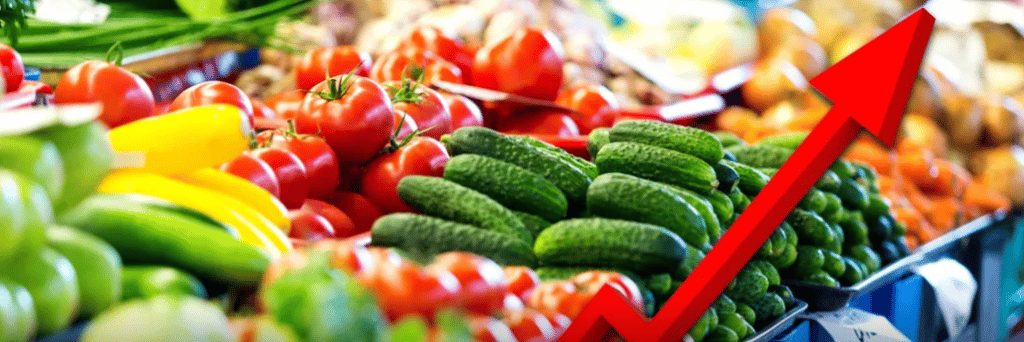Source: Wandile Sihlobo, Agricultural Ecomonics Today, 12 December 2021, photo credit: Pakistan & Gulf Economist
Food prices often dominate the headlines in South Africa this year. On several occasions this year, some people questioned the rise in South Africa’s consumer food price inflation in a year of abundant agricultural harvest.
But to fully appreciate these the causes of the increase in prices, one has to recognize that this is not unique to South Africa but a global occurrence. The large crop harvests in South Africa contributed less towards price determination here at home than events in South America and Asia.
The drivers of pieces were production constraints in South America, combined with rising demand for oilseeds and grains in China and India. South America had a poor crop harvest in 2021, primarily for maize, because of the La Niña weather phenomenon that typically leads to below-average rainfall in the Northern Hemisphere. (For clarity, in Southern Africa, La Niña weather event leads to above-average rain and is generally favourable for agriculture).
These poor crop harvests in South America, combined with the rising demand in China and India, provided upward pressure on global grain and oilseed prices. The lingering shipping container shortage and the associated rise in shipping costs also added upward pressure on food prices for much of the year.
South Africa, a relatively small player in global agriculture, is linked to the global market. Thus, the general rise in global prices overshadowed the improved domestic crop supply.
Read more
The South African Pork Producers’ Organisation (SAPPO) coordinates industry interventions and collaboratively manages risks in the value chain to enable the sustainability and profitability of pork producers in South Africa.
















